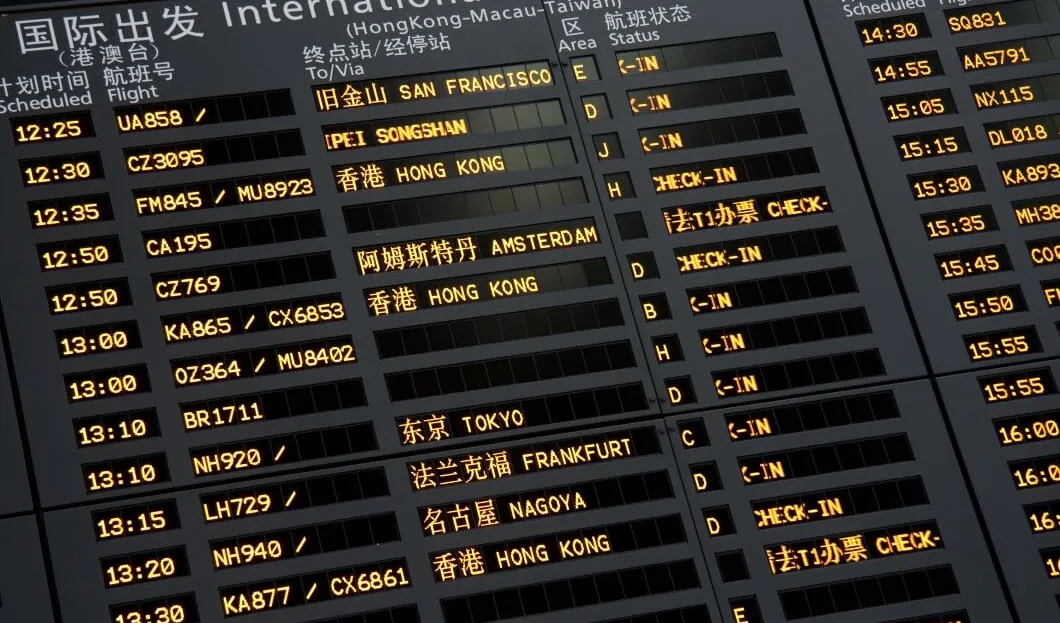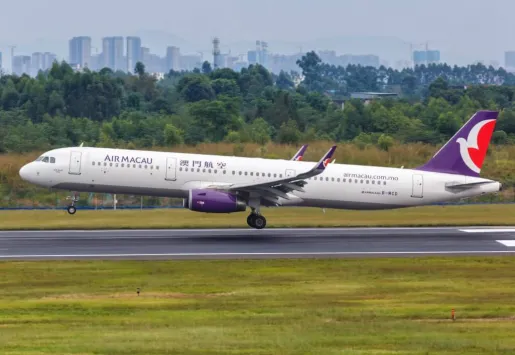
Macau airport operator announced a loss of 567 million patacas (about 66 million euros), an increase of 9.1%, due to the continuing impact of the pandemic.
According to the financial report of CAM - Sociedade do Aeroporto Internacional de Macau, published in the official bulletin of the Chinese region, revenues fell 26.7% last year to 426 million patacas (about 50 million euros).
"The ups and downs of the pandemic severely affected daily operations, financial revenues, and even the implementation of business development plans and infrastructure projects at the airport," CAM lamented.
Last year, Macau Airport recorded 13,642 landings and takeoffs, down 13.6 percent from 2021, while passenger traffic dropped by almost half to less than 600,000.
Still, CAM assures it has the "financial strength to respond to economic changes and support the expenses necessary for future development," thanks to a capital increase to 6.28 billion patacas (730 million euros).
However, according to experts, 2023 is expected to be a bright year for the Macau airport business after three years of suffering from the pandemic.
Until mid-December 2022, the Chinese region, heavily reliant on tourism, adhered to China's "zero-covid" policy, which involved enforcing quarantines, lockdowns, and extensive testing.
Earlier this month, the operator said nearly 66,000 passengers passed through the airport during the five-day so-called May 1 Golden Week, one of the peak tourist periods in mainland China, about 50 percent of the pre-Covid-19 pandemic levels.
From April 29 to May 3, the Macau airport handled a total of 572 flights, 53 percent of the number recorded during the same period in 2019.
The airport recorded an average of about 144 flights and 13,178 passengers per day during Golden Week, CAM said in a statement.
It was highlighted that passengers coming from or going to mainland China accounted for two-thirds of the total, followed by Southeast Asia (24%) and Taiwan (10%).
















